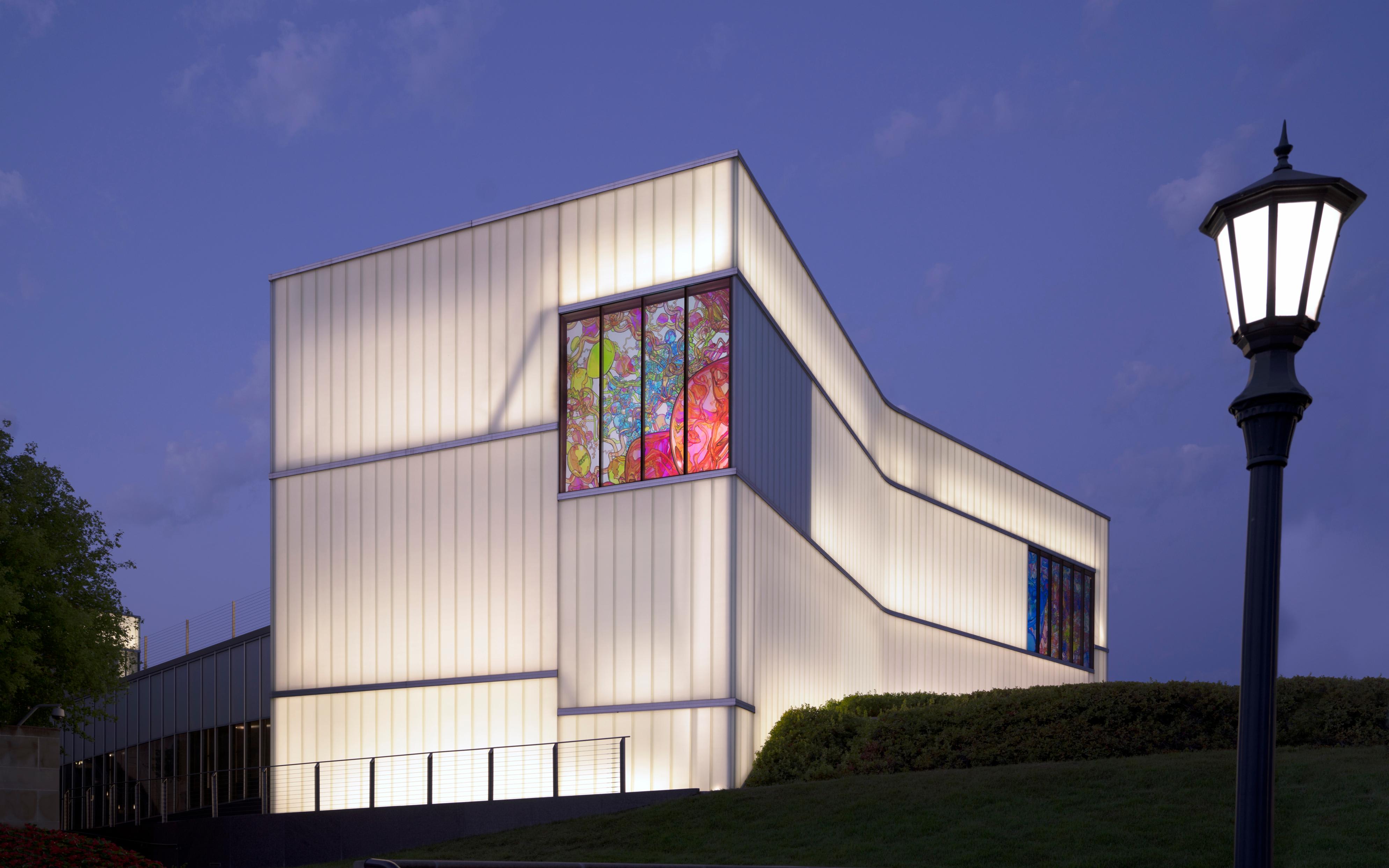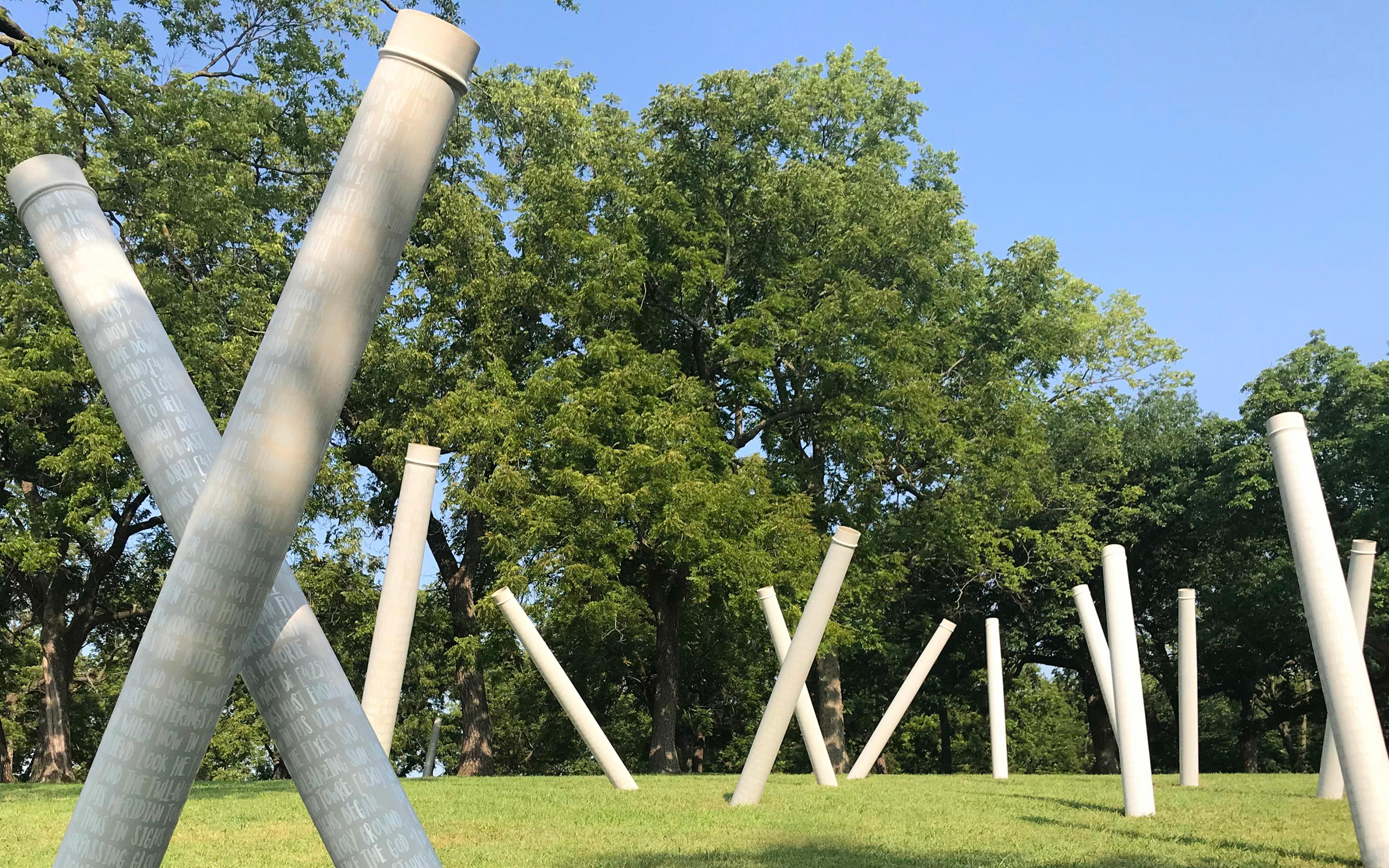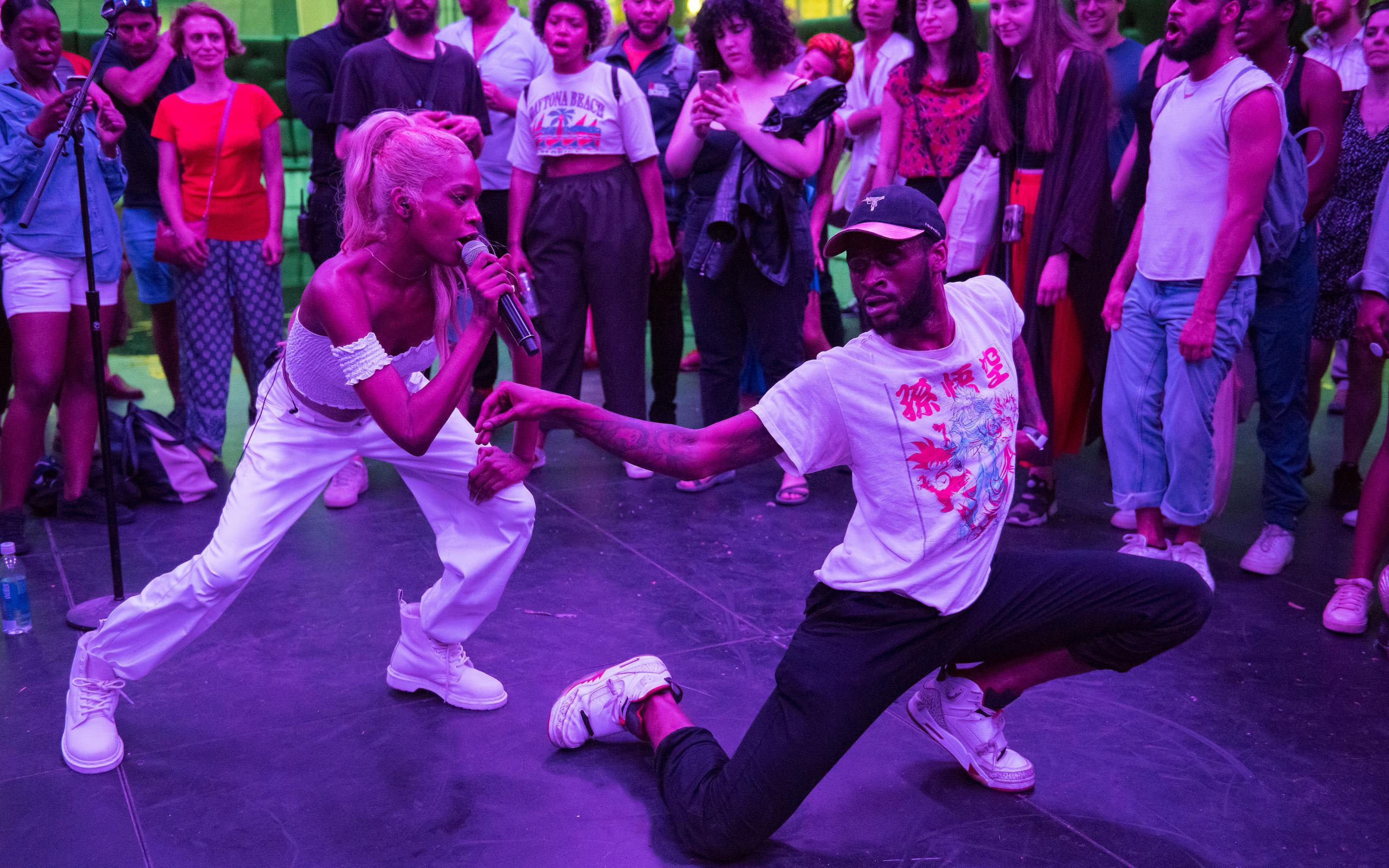Breaking away from the white cube
Following recent eruptions around museums' treatment of race, class, gender, and more, writer and editor Brian Droitcour looks back at how artists and curators approached new strategies for display
Melden Sie sich an oder richten Sie ein Benutzer*innen-Konto ein. So können Sie Art Basel Stories abonnieren und direkt in Ihren Posteingang bekommen.


